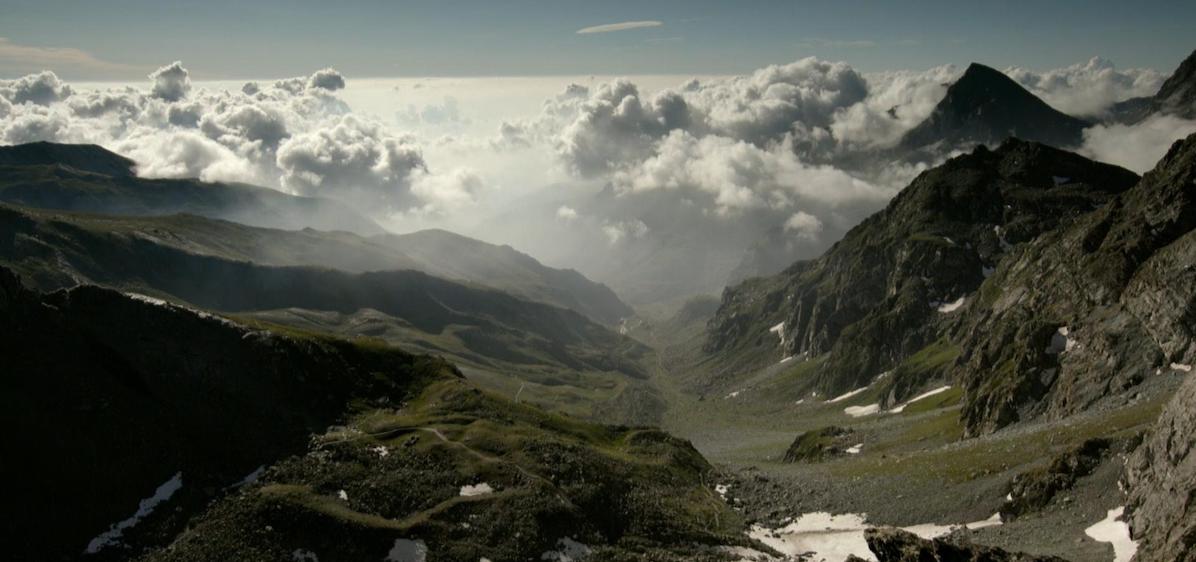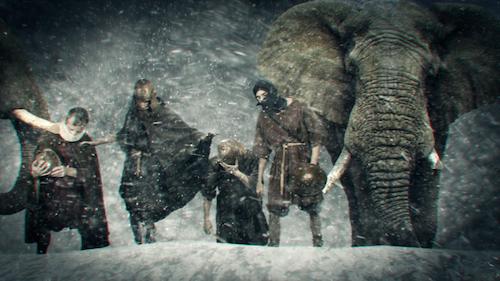Communiqué

He crossed the Alps to attack Rome in “Hannibal in the Alps” on SECRETS OF THE DEAD, Jan. 24 at 10 pm
< < Back toSecrets of the Dead: Hannibal in the Alps
January 24 at 10 pm
Hannibal, one of history’s most famous generals, achieved what the Romans thought to be impossible. With a vast army of 30,000 troops, 15,000 horses and 37 war elephants, he crossed the mighty Alps in only 16 days to launch an attack on Rome from the north. For more than 2,000 years, nobody has been able to prove which of the four possible routes Hannibal took across the Alps, and no physical evidence of Hannibal’s army has ever been found…until now. In Secrets of the Dead: Hannibal in the Alps, a team of experts—explorers, archaeologists, and scientists—combine state-of-the-art technology, ancient texts, and a recreation of the route itself to prove conclusively where Hannibal’s army made it across the Alps – and exactly how and where he did it.
- The famous crossing of the Alps occurred in 218 BC, a period when Carthage and Rome were competing for world dominance. Hannibal traversed the mountains, once thought uncrossable, with a force of more than 30,000 soldiers, 15,000 cavalry and most famous of all—37 elephants.
- Hannibal’s invasion over the Alps sent shockwaves through the ancient world—for 15 long years he waged a campaign of annihilation throughout Italy.
- The Alps are 80,000 square miles of desolate, hostile mountain terrain, and not a single obvious trace exists of the extraordinary events that took place there more than 2,000 years ago. Four main routes have been in contention as the route Hannibal took, but the Col de la Traversette, the highest and most dangerous route, is the one proven in the film to have been used.
- Elephants’ feet are uniquely structured to adjust to whatever environment they’re in and they are extremely efficient in how they use their muscles, making them perfect creatures for long-distance travel.
- It took nine days to reach the high top of the mountain. On the climb, donkeys carried 220 pounds of hay, enough food to feed one horse for 20 days. But the numerous horses as well as the appetites of the elephants meant that food supplies quickly ran out. Many men and animals died on the final leg over the pass.
Buzzworthy Moments
- Hannibal rested his army for a few days at key points along the route. The experts find evidence of the army’s presence in a distressed layer of soil which contained extremely high levels of compounds normally found in horse manure—indicating a large number of horses spent time there.
- Hannibal crossed the Alps with 37 African war elephants. The film visits an elephant trainer who shows how they might have been controlled, and a 1959 experimental archaeological test of an elephant crossing the Alps indicates they were able to cross the rocky terrain.
- Hannibal’s elite cavalry was led by the Numidians, and these riders and their horses were an essential part of Hannibal’s victories. The riders were lightly clad and famously rode without saddles or bridles. A horse trainer shows us the methods these cavalrymen used to control their horses.
- Prior to climbing the mountains, one of the major obstacles in Hannibal’s path was the River Rhone, the largest European river emptying into the Mediterranean. Once across the river, the army was attacked by Celtic tribesman at the gorge and suffered huge losses. Mountaineers show us this path and how the attack may have occurred.


